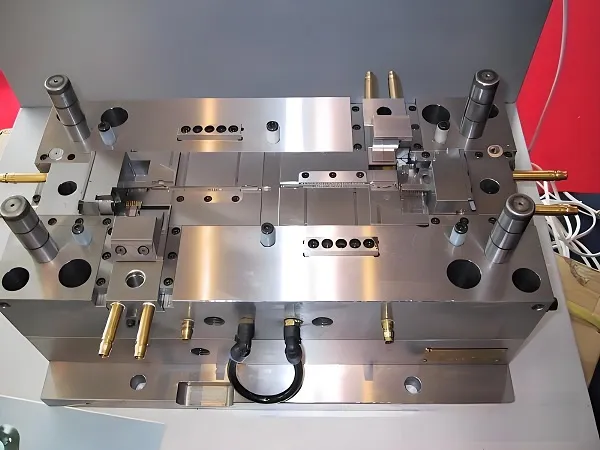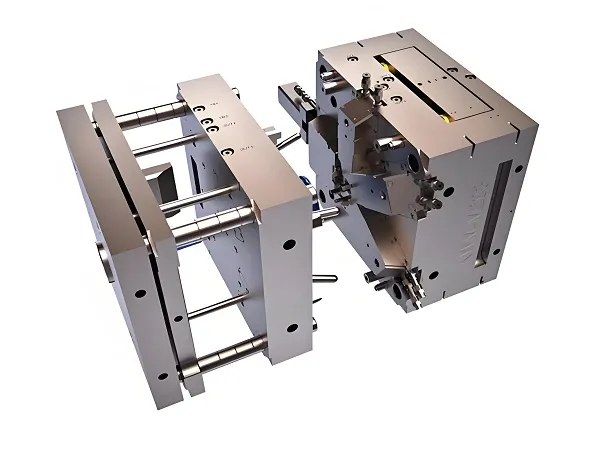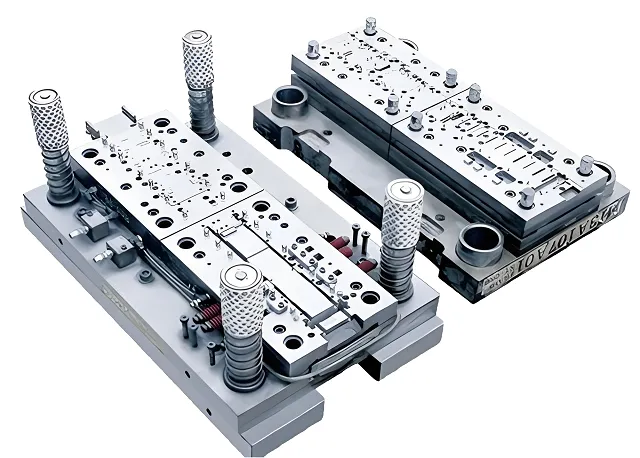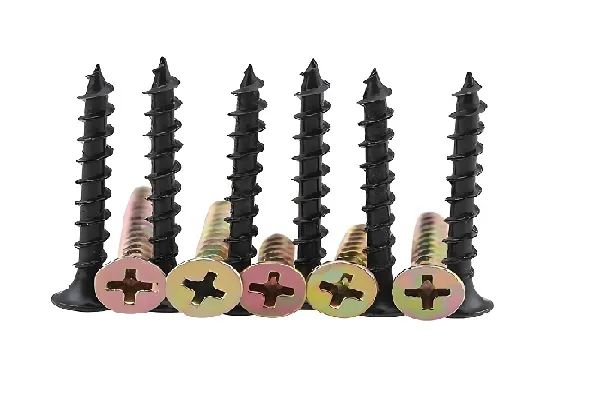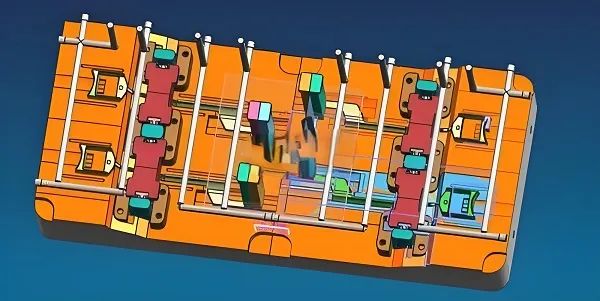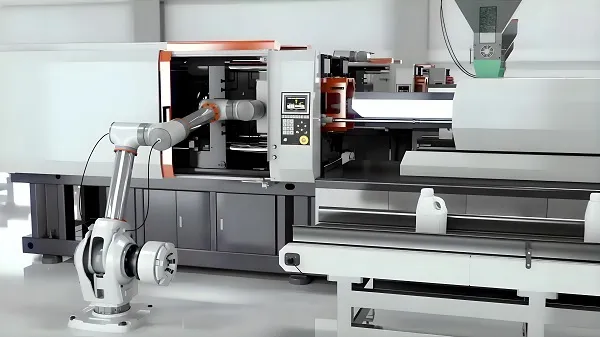Metal Label Stamping is a manufacturing process that uses stamping machinery and molds to cold deform metal sheets to form metal labels of desired shapes and sizes. Through the precise design of the mold and the strong pressure of the stamping machine, this technology can quickly and accurately stamp metal sheets into various complex or simple label shapes, which are widely used in many fields such as electronic products, automotive parts, home appliances, medical devices, jewelry and so on, for marking, tracing or decoration.

1. Metal label stamping technology principle
The technical principle of metal label stamping is based on the principle of plastic deformation in physics. In the stamping process, the metal plate is placed between the upper and lower molds, and the upper mold (convex mold) moves downward, exerting pressure on the plate, so that it undergoes plastic deformation in the cavity of the lower mold (concave mold), thus obtaining a label corresponding to the shape of the mold. This process involves shearing, bending, stretching and other deformation of the material, and is usually carried out at room temperature without heating treatment, so it is called cold stamping.
2. Customized Metal Label Stamping Products
Customized metal label stamping products service provides a high degree of flexibility and personalized options. Customers can provide information such as design drawings, size specifications, material requirements and quantities according to actual needs, and manufacturers will design and manufacture special molds based on this information for mass production. The customization process usually includes the following steps:
Demand communication: Define the customer’s specific requirements for metal labels, such as shape, size, material, quantity, surface treatment and so on.
Mold design: Design and manufacture stamping molds according to customer requirements to ensure the accuracy and consistency of the labels.
Material Selection: Select appropriate metal materials, such as stainless steel, aluminum, copper, etc., according to the application environment and performance requirements.
Stamping Production: Use stamping presses to stamp metal sheets to form the desired label shape.
Post-treatment: Perform surface treatment, such as polishing, plating, spraying, etc., as needed to enhance the appearance and corrosion resistance of the labels.
Quality Inspection: Strict quality inspection of the finished product to ensure compliance with customer requirements.
Packing and shipping: Pack the qualified metal labels and ship them according to customers’ requirements.
3. Introduction of metal label stamping materials
Commonly used materials for metal label stamping include but are not limited to the following:
3.1 Stainless steel: strong corrosion resistance, beautiful appearance, suitable for outdoor or harsh environments in the identification of labels.
Characteristics: corrosion resistance, high temperature resistance, high strength, easy to clean.
Applications: automobile nameplates, appliance labels, outdoor billboards, etc.
3.2 Aluminum: lightweight, high strength, easy to process, and has good electrical and thermal conductivity.
Characteristics: lightweight, corrosion-resistant, easy to mold, recyclable.
Applications: electronic product labels, food packaging labels, decorations, etc..
3.3 Copper: good electrical conductivity, moderate corrosion resistance, elegant appearance, often used in high-grade product labeling.
Characteristics: good conductivity, corrosion resistance, easy processing, beautiful.
Applications: jewelry labels, antique cultural relics identification, high-grade electrical labels, etc..
3.4 Brass: similar to pure copper, but higher hardness, better wear resistance, suitable for fine processing.
Characteristics: high hardness, wear-resistant, beautiful, corrosion-resistant.
Applications: precision instrument labels, door locks key tags, handicrafts, etc..
4. Metal label stamping product characteristics
Metal label stamping products have the following significant characteristics:
High precision: Precision molds and advanced stamping technology are used to ensure the accuracy of label shape and size.
Durability: metal material has good physical and chemical properties, wear-resistant, corrosion-resistant, long service life.
Aesthetics: Surface treatment, such as polishing, plating, etc., can be carried out according to requirements to enhance the appearance of the label texture.
Flexibility: Support customized service from small batch to mass production to meet the individual needs of different customers.
Environmentally friendly: some metal materials can be recycled and reused, in line with environmental requirements.
Metal Label Stamping FAQ
Q1: What are the advantages of metal label stamping over other processing methods?
A1:Metal label stamping has the advantages of high productivity, low cost, high precision, mass production, etc., and the products are durable and suitable for a variety of environments.
Q2: What is the minimum size of metal label stamping?
A2: The minimum size of metal label stamping depends on the design of the mold and the capacity of the stamping machine, in general, it can produce very fine labels, the specific size needs to be communicated with the manufacturer to confirm.
Q3:How to ensure product quality during metal label stamping process?
A3:Product quality assurance mainly depends on accurate mold design, high-quality raw materials, advanced stamping equipment and strict quality control process. Each link needs to be strictly controlled to ensure the quality and consistency of the final product.
Q4:What is the lead time for metal label stamping?
A4:The delivery period depends on the order quantity, mold manufacturing time, production scheduling and other factors, usually need to be determined by specific negotiation with the manufacturer. Generally speaking, small batch customization may be completed within a few weeks, while mass production will take longer.

